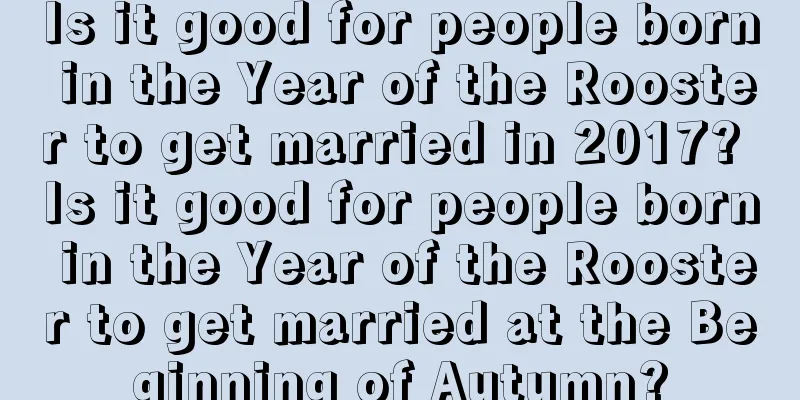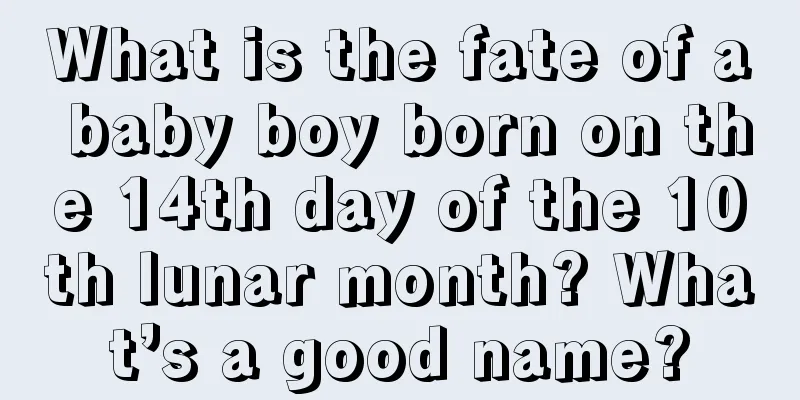What does Lesser Heat mean? What are the phenological characteristics of the Lesser Heat solar term?

The warm wind blows gently, and with the arrival of Lesser Heat, even the air becomes hot and dry. What else do you want to know about Lesser Heat? "When the plums are yellow, the weather is sunny every day. The brook is overflowing but we still go on a mountain hike. The green shade is as strong as when we came here, and there are four or five more songs of orioles." If you want to know more about the fifth month of the lunar calendar, please visit Mr. Shui Mo's website!What does Lesser Heat mean?The "shu" in "Xiaoshu" means hot. Therefore, Xiaoshu means a slight heat, which means the weather starts to get hot, but it has not yet reached its hottest point.During the Lesser Heat period, the average temperature in southern China is around 26℃. In the low-altitude river valley areas in the southeast of South China, the daily average temperature may begin to exceed 30℃ and the daily maximum temperature may exceed 35℃; but in the northern part of the northwestern plateau, frost and snow can still be seen at this time, which is equivalent to the early spring season in South China. However, due to the vast area and large span of our country, the climate in different places is also very different. Although it is hotter during the Greater Heat period in most areas, in some southern regions the Lesser Heat period is hotter than the Greater Heat period, or the temperatures are almost the same. What are the phenological characteristics of the Lesser Heat solar term?The ancient Chinese divided the Lesser Heat into three stages: " The first stage is the arrival of warm winds; the second stage is the crickets living in the house; the third stage is the beginning of eagles' prey ." During the Lesser Heat season, there is no longer a trace of cool breeze on the earth, but all winds carry heat waves; the words describing crickets in "The Book of Songs: July" include "In July, they are in the wild; in August, they are in the house; in September, they are at the door; in October, the crickets come under my bed." The August mentioned in the text is the sixth month of the lunar calendar, which is the time of the Lesser Heat solar term. Due to the heat, crickets leave the fields and go to the corners of the courtyard walls to avoid the heat; during this solar term, eagles move around in the cool high sky because the ground temperature is too high.Phase 1: Warm wind arrives It means that after the Lesser Heat day, there will no longer be a trace of cool breeze on the earth, but all winds will carry heat waves. Second sign: Crickets live in the house The crickets live in the house. Five days later, due to the heat, the crickets left the fields and went to the corners of the courtyard to avoid the heat. The third sign: Eagles begin to appear The eagle begins to prey when five days later, the eagle will move around in the cool high sky because the temperature on the ground is too high. Do you want to know your own Bazi? Want to figure out where your golden marriage is? Click on the [Premium Calculation] below to calculate your horoscope and fortune! |
Recommend
Beijing Feng Shui layout, what kind of Feng Shui creates its magic
Introduction: Beijing has been regarded as the cap...
What is the introduction and origin of the Grain Full solar term and what are its customs?
The Beginning of Summer ends and the Grain Fullnes...
What's the saying about moving in December 2017?
Moving has always been a big event for a family. P...
Is it a good idea to open the store on December 27th of the lunar calendar in 2019?
Is it a good idea to open the store on December 2...
Is it a bad idea to get a haircut on April 29th of the lunar calendar in 2018? What are the precautions for getting a haircut?
The word "haircut" has not been around f...
What festival is on the ninth day of the ninth month in the lunar calendar?
Introduction: Many traditional Chinese festivals a...
Is it appropriate to move graves on April 21st of the leap lunar calendar in 2020? Check the auspiciousness and inauspiciousness of June 12th!
Introduction: It is also necessary to choose an au...
Is it not suitable to travel on the 23rd day of the twelfth lunar month in 2020? What gods will be welcomed on the 23rd day of the twelfth lunar month?
Introduction: It is generally necessary to choose ...
Is the eighth day of the eighth lunar month in 2017 a good day? Is the new store opening going well?
Introduction: There are not only good and bad days...
The fate of girls born on the seventh day of the twelfth lunar month in 2021
Whether a girl's destiny is good or not is rel...
Check the location of the God of Wealth on the Grain in Ear Day in 2020. What should you pay attention to when welcoming the God of Wealth?
The God of Wealth is one of the auspicious gods in...
What is the meaning of the dragon raising its head? Are there any taboos during the Dragon Raising its Head?
After the Lantern Festival, the next day to be cel...
Is the beginning of winter on November 7, 2020 suitable for moving to a new house? Auspicious days for moving in November 2020
Is the beginning of winter on November 7, 2020 sui...
What can’t you do during Jingzhe in 2022? Are there any taboos during the Jingzhe solar term?
During the Jingzhe season, spring begins to emerge...
Can we worship our ancestors on the 11th day of the 12th lunar month in 2018? What is the hexagram for today?
Introduction: Our country has been a traditional c...









